Visited September 2019 posted
Exhibition dates: 7th June – 1st September 2019
Installation view of the exhibition Lartigue: Life in Color at the Robert Capa Contemporary Photography Center, Budapest
Photo: Marcus Bunyan
A posting on this exhibition with some iPhone images I took in Budapest. I was lucky enough to see the exhibition the day before it closed.
What struck me most was Lartigue’s restrained use of colour. Mainly family portraits and landscapes, these photographs integrate a reduced colour palette with the line and form of the image. Subtle yet dynamic, the whimsical and poetic Ektachrome photographs were a revelation. You could say that there is seemingly nothing unusual about any of these photographs but just look – look at the light that radiates across Florette in Venice, the donkey and the washing, the green umbrella and tree laden with snow or the boys looking around to stare at the camera – and there is, indeed, something uncanny in the everyday. Just to see those two birds flying towards you in The Appian Way, Rome, Italy, January 1960 and to raise your camera to capture them mid-flight perfectly framed between the trees – what a moment!
While the original transparencies have faded, digital technology and restoration allows us to see them in all their glory: sometimes low depth of field, but always with a strong visual structure, these photographs form a holistic feeling as a body of images, a portrait of life in colour. Lartigue’s sense of fun is also evident in many images. There is no sense of the ego of the photographer in any of these images… they are, just so. Considered, concise and in colour (which is unusual for this time period) they possess an inimitable joie de vivre. This posting also features Lartigue’s early Autochromes which were interesting but nowhere as important as his later Ektachromes.
With a careful eye for composition, colour, and geometry, Lartigue’s background (in which he saw everything with his painter’s eye) is clearly translated in the pictorial construction of these sublime photographs.
Dr Marcus Bunyan
Please click on the photographs for a larger version of the image. All photographs © Marcus Bunyan
Jacques Henri Lartigue (1894-1986) was the best-known “amateur” in the history of photography, famously discovered by the art world and given an exhibition at MoMA in New York when he was in his late sixties. He began by recording the pastimes and customs of his wealthy Parisian milieu, indulging his fascination with sports and aviation, and throughout his long life he was never without his camera. His friendships extended to the superstars of French culture, but he also made thousands of photographs of his family, wives, and lovers. His work was irresistibly warm and engaging.
Although known for his black-and-white work, Lartigue loved colour film, experimenting with the Autochrome process in the teens and twenties and embracing Ektachrome in the late 1940s. His colour work, reproduced here for the first time, is astonishingly fresh: the French countryside, the women in his life, famous friends (Picasso, Fellini), and glimpses from his travels all come alive in this delightful book.
Text from the Amazon website
Installation views of the exhibition Lartigue: Life in Color at the Robert Capa Contemporary Photography Center, Budapest
Photos: Marcus Bunyan
Jacques Henri Lartigue (French, 1894-1986)
Around Pau (installation view)
France, December 1912
Autochrome
6 x 13cm
Photo: Marcus Bunyan
Jacques Henri Lartigue (French, 1894-1986)
Mrs Folletête, Rico, me, Sim, Manik and Mummy (installation view)
Rouzat, France, September 16, 1913
Automchrome, triggered
6 x 13cm
Photo: Marcus Bunyan
Jacques Henri Lartigue (French, 1894-1986)
Simone Roussel driving the “two-wheeled bob”
Rouzat, France, September 1913
Autochrome
6 x 13cm
© Ministère de la Culture France/Association des Amis de Jacques Henri Lartigue, France
Jacques Henri Lartigue (French, 1894-1986)
M. Folletête and Henry Lartigue (installation view)
La Baule, France, May 1915
Autochrome
6 x 13cm
Photo: Marcus Bunyan
Jacques Henri Lartigue (French, 1894-1986)
Bibi at the Château de la Garoupe (installation view)
Cap d’Antibes, France, 1920
Autochrome
6 x 13cm
Photo: Marcus Bunyan
Jacques Henri Lartigue (French, 1894-1986)
Bibi (installation view)
Cap d’Antibes, France, May 1920
Autochrome
6 x 13cm
Photo: Marcus Bunyan
Jacques Henri Lartigue (French, 1894-1986)
Bibi (installation view)
Rouzat, France, 1920
Autochrome
6 x 13cm
Photo: Marcus Bunyan
Jacques Henri Lartigue (French, 1894-1986)
Bibi and Germaine Chalom (installation view)
Cannes, France, 1927
Autochrome
6 x 13cm
Photo: Marcus Bunyan
Jacques Henri Lartigue (French, 1894-1986)
Bibi in l’île Saint-Honorat
Cannes, May 1927
Autochrome
6 x 13cm
© Ministère de la Culture France/ Association des Amis de Jacques Henri Lartigue, France
Lartigue’s autochromes comprise a colourful reunion with all our favourite characters. We recognise Lartigue’s older brother Zissou with his glider (1914), and his beloved cousin Simone in her (blue!) bobsled wearing a stylish green ensemble (1913). But the plane is no longer airborne. And Simone is keeping still not to ruin the picture, instead of crashing down a gravel road with her tongue out, like she would in sepia. Due to the long exposure time dictated by the autochrome, Lartigue’s relatives are stalled in their playful banter to accommodate the sluggishness of the early color process.
“Is this still Lartigue? Are we disfiguring an artist?” curator Martine Ravache asks in the accompanying exhibition catalogue Lartigue: Life in Color, recently published by Abrams. Apart from the occasional leaping dog or bobsled, the subject matter is often quaint, even sentimental. The colour prints display exactly the pictorial quality for which Lartigue’s black-and-white work had been deemed antithetical. This realisation, which is as fascinating as it is uncomfortable, is downplayed by presenting Lartigue as a painter at heart who proclaimed to “see everything with my painter’s eye.”
Yet the picturesque subject matter is not enough to undermine his status as the lovechild of modernity – on the contrary. From the pink pastel of Bibi’s dainty hands (1921) to the fiery red nails of Florette and her glossy magazine (1961), the prints testify to Lartigue’s eagerness to experiment with any new photographic process he could get his hands on. The colour work constitutes more than the diaristic musings of a man in love. Marcelle “Coco” Paolucci is conspicuous by her absence, a hiatus that speaks more to the stalled development of colour photography than disaffection for his second wife. Discouraged by the sluggishness of the autochrome process, Lartigue stopped photographing in colour in 1927. He did not start again until 1949, after two world wars and the development of Ektachrome film. …
Tracing the incremental disclosure of Lartigue’s albums since Szarkowski reveals the making of an artist through careful curation. And so the exhibition texts about Lartigue’s love for the seasons or his relationship with God sidestep the more uneasy subtext: the jerky trajectory of Lartigue’s colour photographs from the amateur album to the museum wall.
Hinde Haest is a photography curator based in Amsterdam.
Hinde Haest. “Lartigue: Life in Color,” on the Aperture website February 3rd, 2016 [Online] Cited 08/11/2019
Installation view of the exhibition Lartigue: Life in Color at the Robert Capa Contemporary Photography Center, Budapest showing original Ektachrome transparencies
Photo: Marcus Bunyan
Jacques Henri Lartigue (French, 1894-1986)
Cycling race between Nice-La Turbie (installation view)
France, March 1954
Ektachrome
6 x 6cm
Photo: Marcus Bunyan
Jacques Henri Lartigue (French, 1894-1986)
Florette, Venice, May 1954
Ektachrome
6 x 6cm
Jacques Henri Lartigue (French, 1894-1986)
Havanna, Cuba, 1957
Ektachrome
6 x 6cm
Jacques Henri Lartigue (French, 1894-1986)
Cádiz, Spain, 1957 (during his trip to Cuba) (installation view)
Ektachrome
6 x 6cm
Photo: Marcus Bunyan
Jacques Henri Lartigue (French, 1894-1986)
Saint-Dalmas de Tende, France, 1958 (installation view)
Ektachrome
6 x 6cm
Photo: Marcus Bunyan
Jacques Henri Lartigue (French, 1894-1986)
Manfredonia, Italy, February 1958 (installation view)
Ektachrome
6 x 6cm
Photo: Marcus Bunyan
Jacques Henri Lartigue (French, 1894-1986)
Via del Mandrione, Rome, Italy 1958 (installation view)
Ektachrome
6 x 6cm
Photo: Marcus Bunyan
Jacques Henri Lartigue (French, 1894-1986)
Ascoli Piceno, Italy 1958 (installation view)
Ektachrome
6 x 6cm
Photo: Marcus Bunyan
Jacques Henri Lartigue (French, 1894-1986)
Ascoli Piceno, Italy 1958
Ektachrome
6 x 6cm
Jacques Henri Lartigue (French, 1894-1986)
Vendeé, France 1958 (installation view)
Ektachrome
6 x 6cm
Photo: Marcus Bunyan
Jacques Henri Lartigue (French, 1894-1986)
San Sebastian, Spain, 1958 (installation view)
Ektachrome
6 x 6cm
Photo: Marcus Bunyan
One of the surprise-oeuvres of photography is that of the French painter Jacques Henri Lartigue (1894-1986), who was born 125 years ago. He became a world-renowned photographer at the age of 69, following his extremely successful solo exhibition showcased at the Museum of Modern Art (MoMA) in New York, immediately becoming unavoidable in the history of photography.
He was documenting his life from the age of 6, keeping an “optical notebook.” He is interested in everything, his curiosity knows no limits. He is mesmerised by the possibility of capturing the one-time, unreproducible experiences, situations, and the observed visual interrelations in his photographs. He is not only seized by the joy of seeing, or the creation of images, but also by using the technical device itself, the camera, and the vast repository of possibilities it offers.
His main subjects were the achievements of technical innovation, flying, car races, speed, social life, women, beauty, and traveling. He magically turned the small miracles of everyday life, the enchanting conjunctions of objects and lights into a common memory for all of us. He disregarded photographic conventions; he followed his heart when taking photographs, he enjoyed observation, photography, and life itself.
Lartigue is a photographer of the bright side of life, whose visual diary reveals a history of the 20th century filled with beauty and joyful moments.
His full photographic oeuvre consists of 120,000 negatives, glass plates, slides, moving pictures, and 126 photo albums with the accompanying texts.
The Life in Color exhibition showcases a selection of the colour images making up about one-third of the oeuvre, providing an overview of not only the most determining relationships he had, his journeys and his everyday life, but also his experimentation with the various techniques of colour photography.
Gabriella Csizek, curator
Text from the Robert Capa Contemporary Photography Center website [Online] Cited 09/11/2019
Jacques Henri Lartigue (French, 1894-1986)
The Appian Way, Rome, Italy, January 1960 (installation view)
Ektachrome
6 x 6cm
Photo: Marcus Bunyan
Jacques Henri Lartigue (French, 1894-1986)
Florette (installation view)
Piozzo, Italy, 1960
Ektachrome
6 x 6cm
Photo: Marcus Bunyan
Jacques Henri Lartigue (French, 1894-1986)
Park Bagatelle, Paris, France, June 1960 (installation view)
Ektachrome
6 x 6cm
Photo: Marcus Bunyan
Jacques Henri Lartigue (French, 1894-1986)
Étretat, France, June 1960 (installation view)
Ektachrome
6 x 6cm
Photo: Marcus Bunyan
Jacques Henri Lartigue (French, 1894-1986)
Sylvana Empain, Juan-les-Pins
France, 1960
Ektachrome
6 x 6cm
Jacques Henri Lartigue (French, 1894-1986)
Brittany, 1960
Ektachrome
6 x 6cm
Driven by his curiosity and his perpetual search for innovation, Lartigue adopts colour processes shortly after their commercialisation. The Kodachromes (24 x 36) and the Ektachromes (6 x 6) followed the autochromes of its beginnings (dated 1912), which delighted 20th century photographers, both amateurs and professionals. Colour therefore adds a new dimension to the speed and immediacy that are at the heart of Lartigue’s work. His painter’s eye finds in this practice, which allows him to take visual “notes” to rework afterwards, a formidable transcription of his pictorial research.
His predilection goes to the subjects of his immediate environment: his life within his family, his games at the castle of Rouzat, sports of all kinds. Fascinated by nature as a whole, and particularly by flowers, the artist continually fixes its changing nuances, both on canvas and on film. This obsession is also found in the repetition of the views from his window in Opio (Alpes-Maritimes), and in the many images of Florette, his wife for forty years.
Little by little, Lartigue opens himself to other subjects, applying himself to testify to the daily life of the privileged and the more popular classes. This coincided with a period of openness to the world: from 1955, Lartigue multiplied his travels, discovering new landscapes and confronting the unknown. Leaving the seaside resorts where he used to spend his holidays (Basque Country, French Riviera or Normandy), it is Italy, Venezuela, Mexico and Cuba which are photographed in turn in black and white and in colors by Jacques Henri Lartigue.
Extract from the press release from the Musée de l’Elysée
Jacques Henri Lartigue (French, 1894-1986)
Florette’s hands, Brie-le-Néflier
France, June 1961
Ektachrome
6 x 6cm
Jacques Henri Lartigue (French, 1894-1986)
Puerto Cabello, Venezuela, February 1962 (installation view)
Ektachrome
6 x 6cm
Photo: Marcus Bunyan
Jacques Henri Lartigue (French, 1894-1986)
On board the Christoforo Colombo during the New York-Cannes trip (installation view)
May 1962
Ektachrome
6 x 6cm
Photo: Marcus Bunyan
Jacques Henri Lartigue (French, 1894-1986)
Opio, France, 1963 (installation view)
Ektachrome
6 x 6cm
Photo: Marcus Bunyan
Jacques Henri Lartigue (French, 1894-1986)
Florette (installation view)
1964
Ektachrome
6 x 6cm
Photo: Marcus Bunyan
Jacques Henri Lartigue (French, 1894-1986)
Parma, Italy 1965 (installation view)
Ektachrome
6 x 6cm
Photo: Marcus Bunyan
Jacques Henri Lartigue (French, 1894-1986)
Bretagne, France, 1965 (installation view)
Ektachrome
6 x 6cm
Photo: Marcus Bunyan
Jacques Henri Lartigue (French, 1894-1986)
Florette and Stéphanie (installation view)
Opio, France, Spring 1964
Ektachrome
6 x 6cm
Photo: Marcus Bunyan
Jacques Henri Lartigue (French, 1894-1986)
Florette, Megève, March 1965
Ektachrome
6 x 6cm
Jacques Henri Lartigue (French, 1894-1986)
Brittany, 1965
Ektachrome
6 x 6cm
Jacques Henri Lartigue (French, 1894-1986)
Brittany, 1970
Ektachrome
6 x 6cm
Robert Capa Contemporary Photography Center, Budapest
8 Nagymező Street, 1065 Budapest, Hungary
Phone: +36 1 413 1310
Opening hours:
Tuesday – Friday: 1pm – 6pm
Saturday – Sunday: 10am – 6pm
Closed Mondays
Robert Capa Contemporary Photography Center, Budapest website




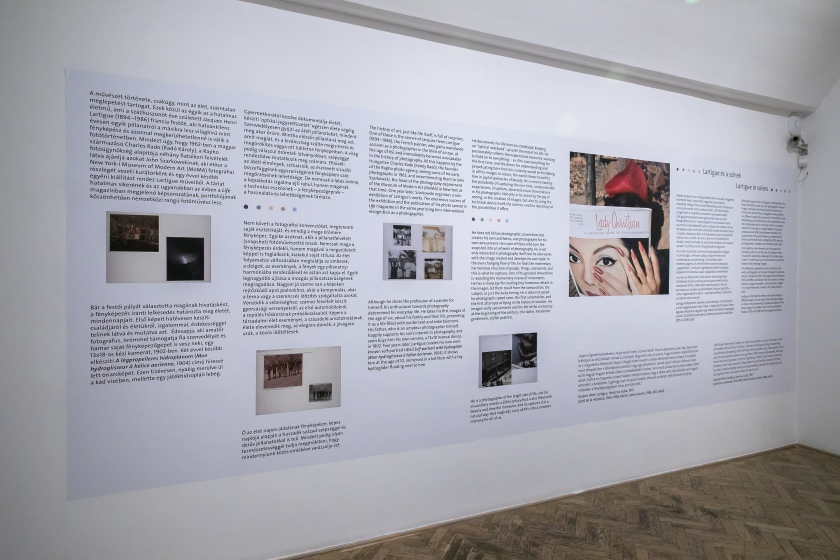

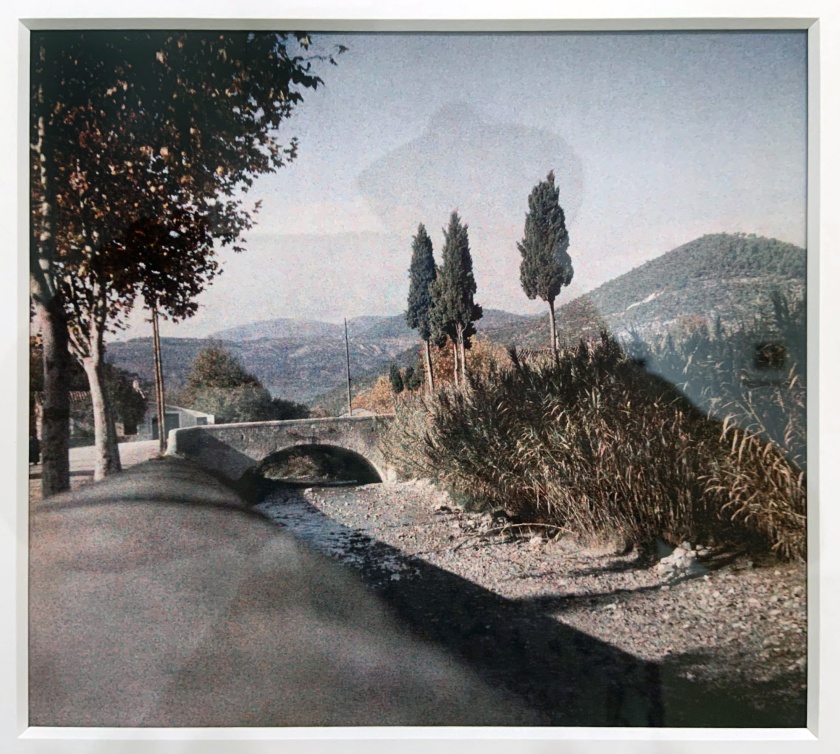
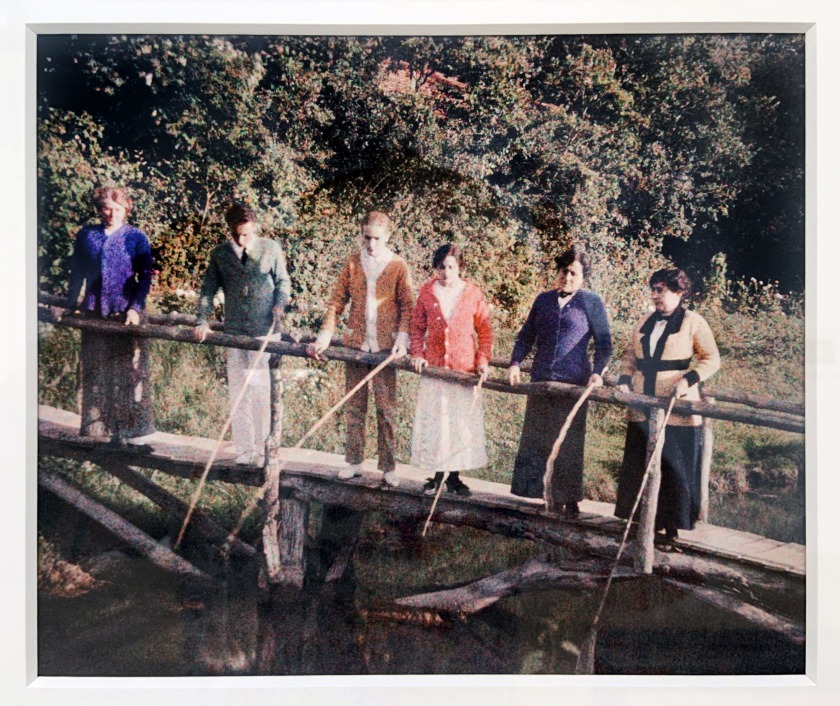
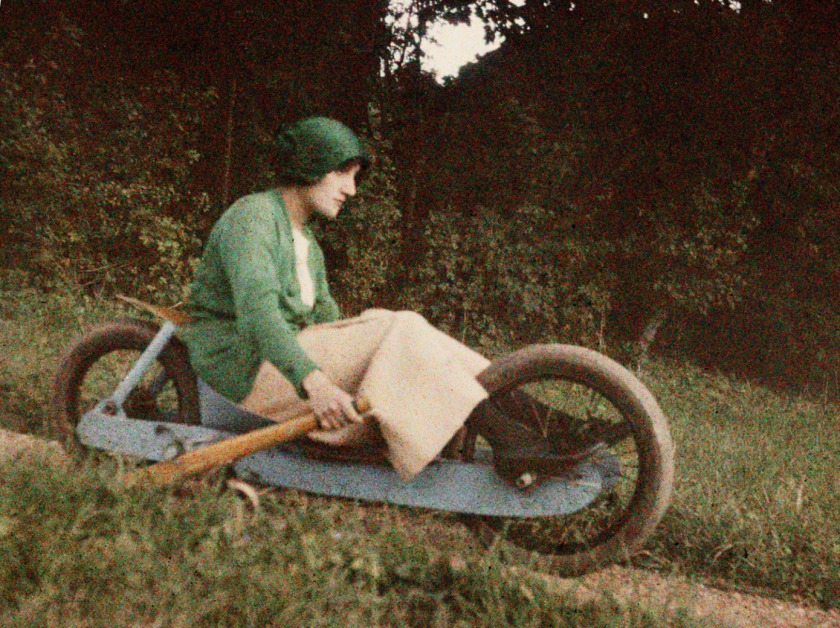

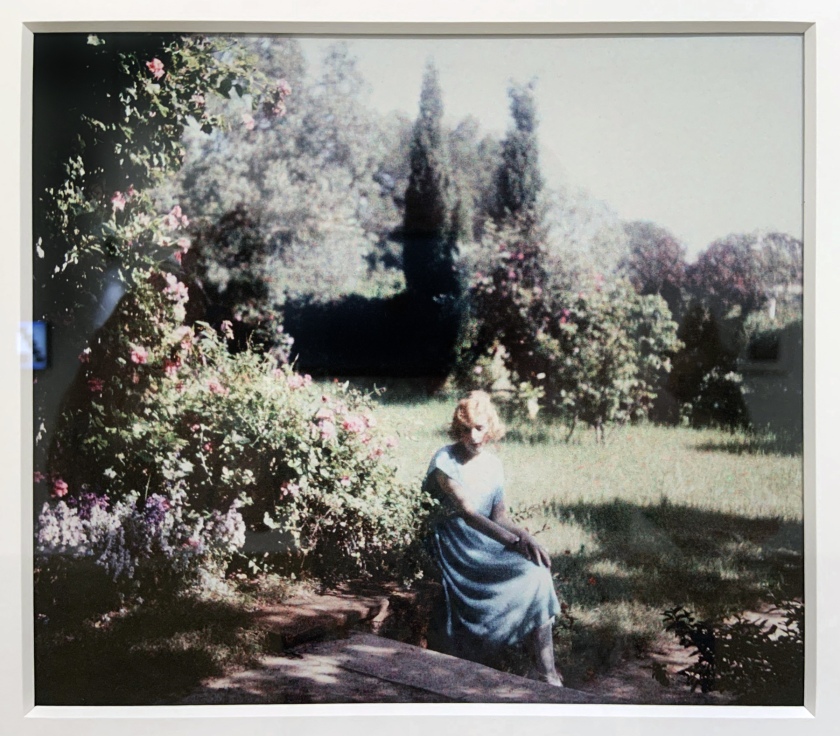
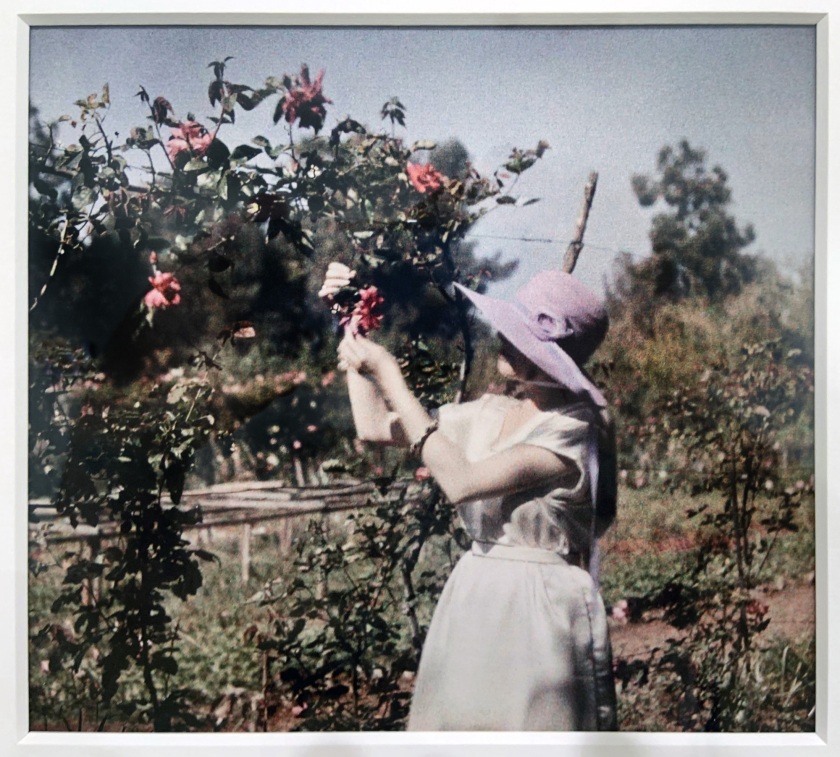
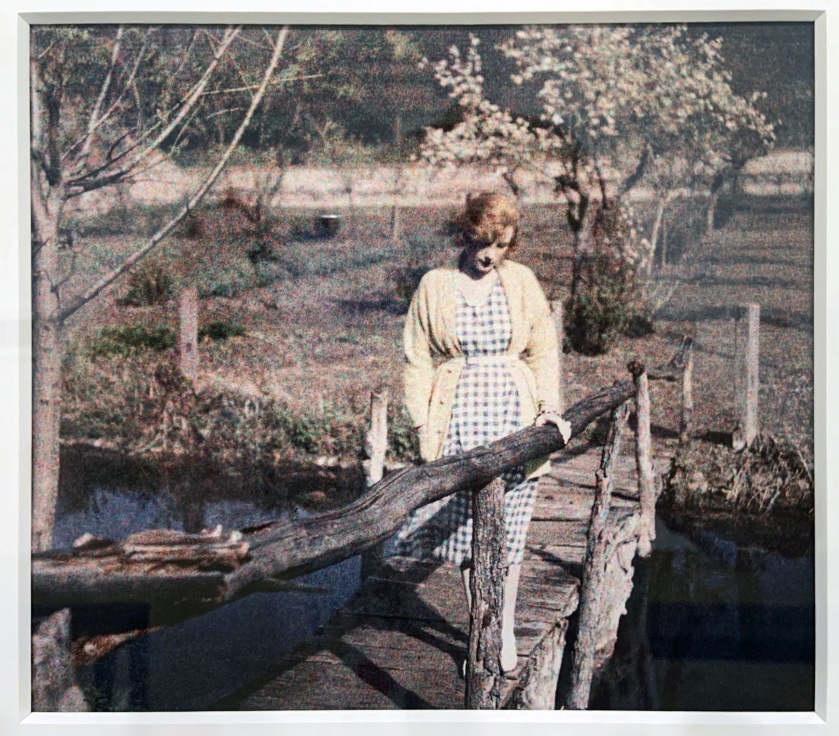

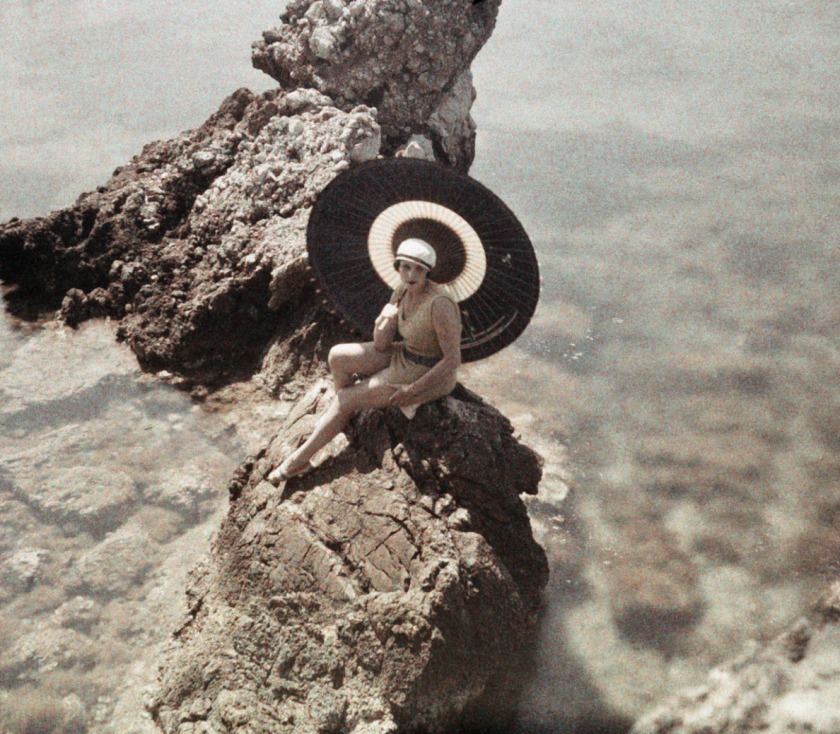











































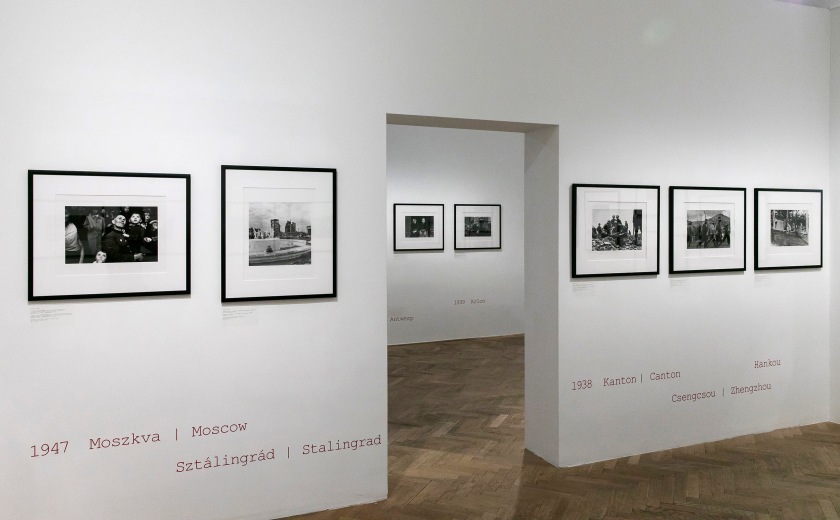




















You must be logged in to post a comment.